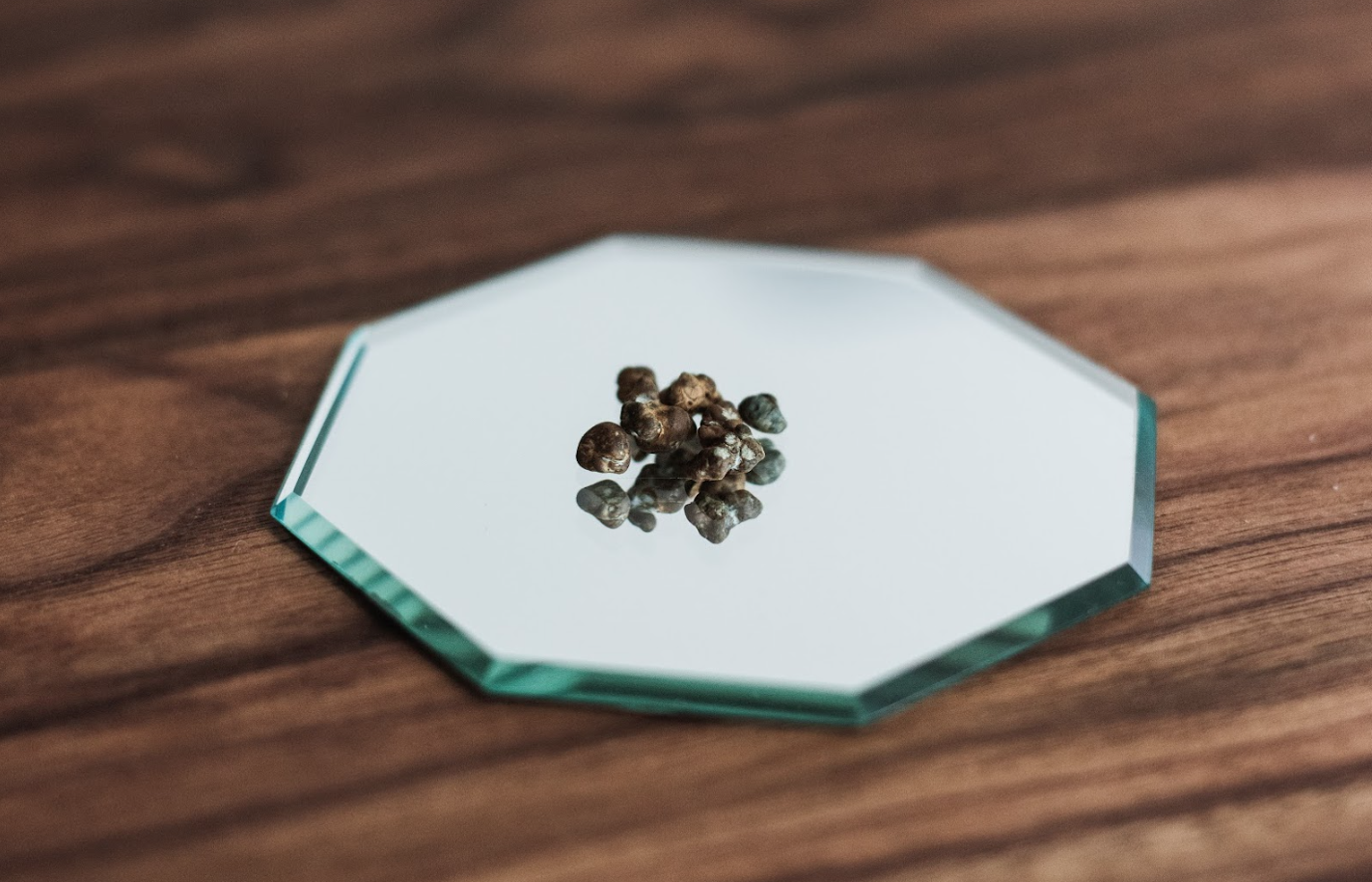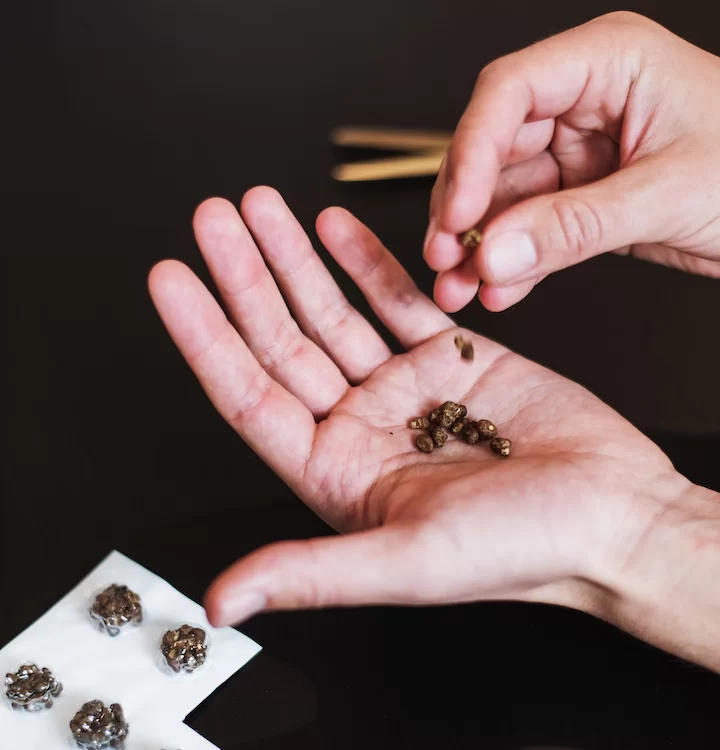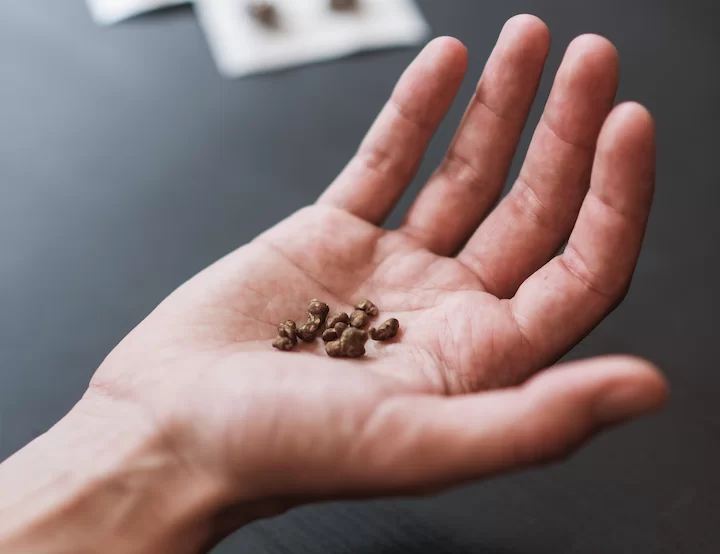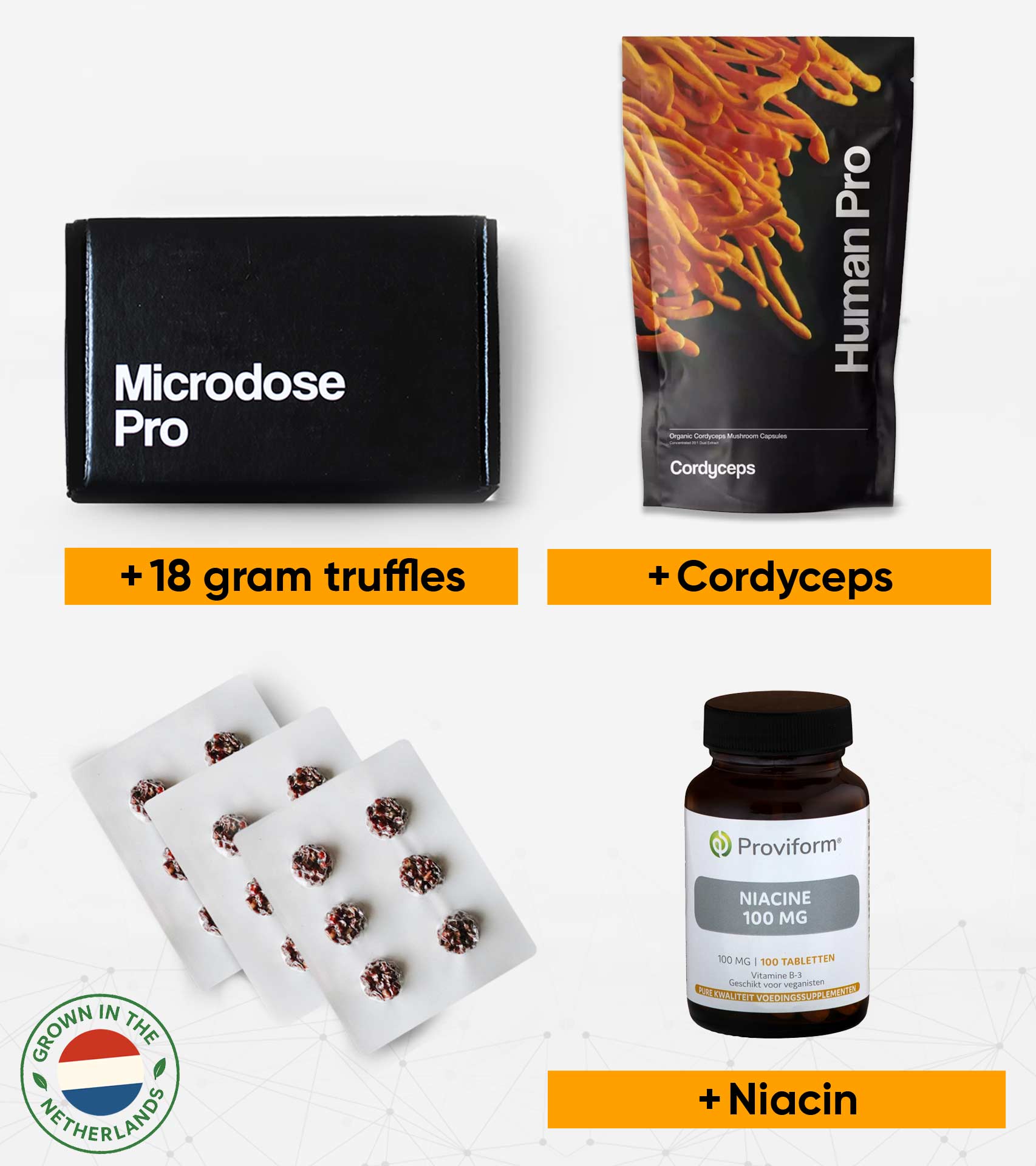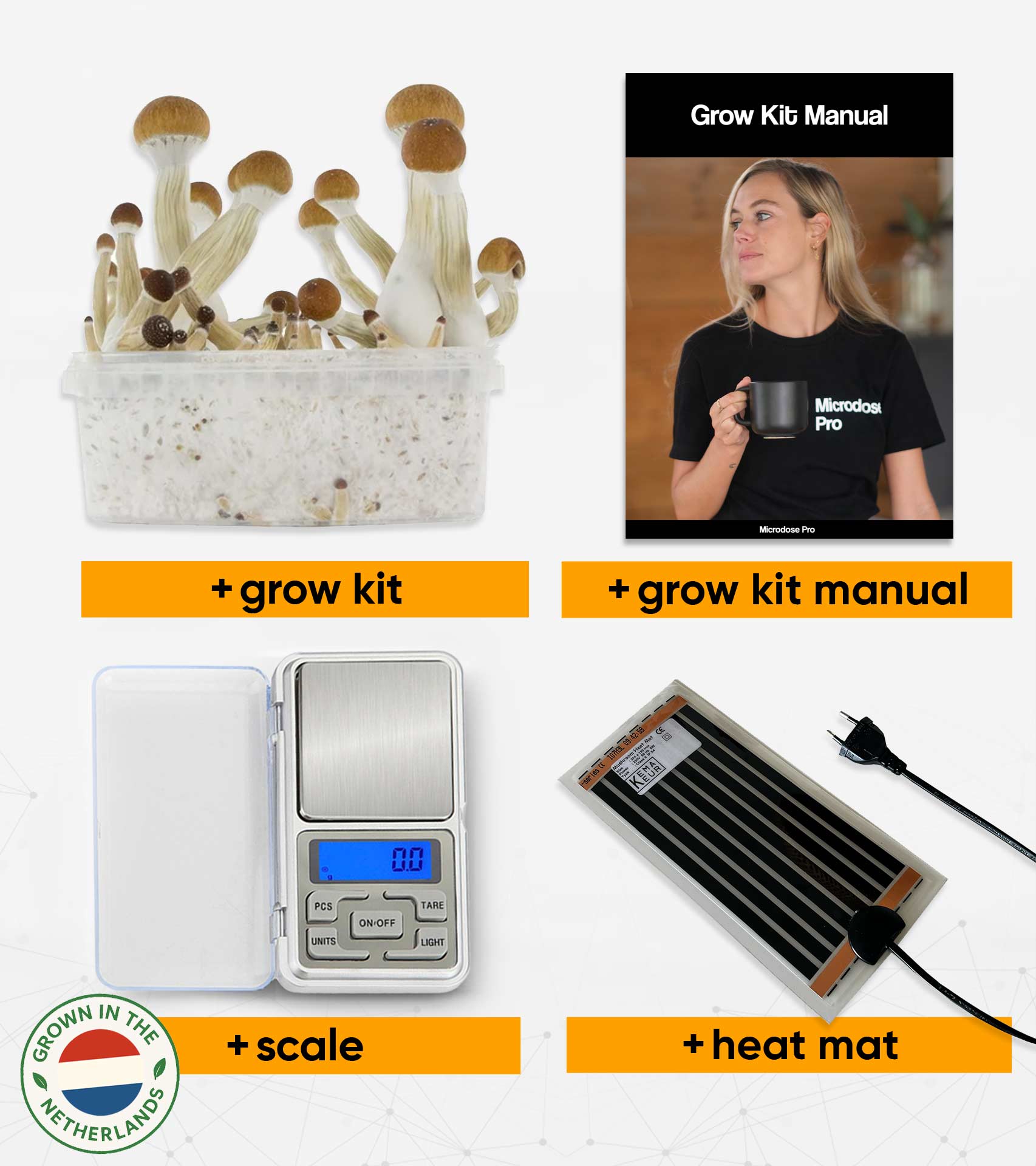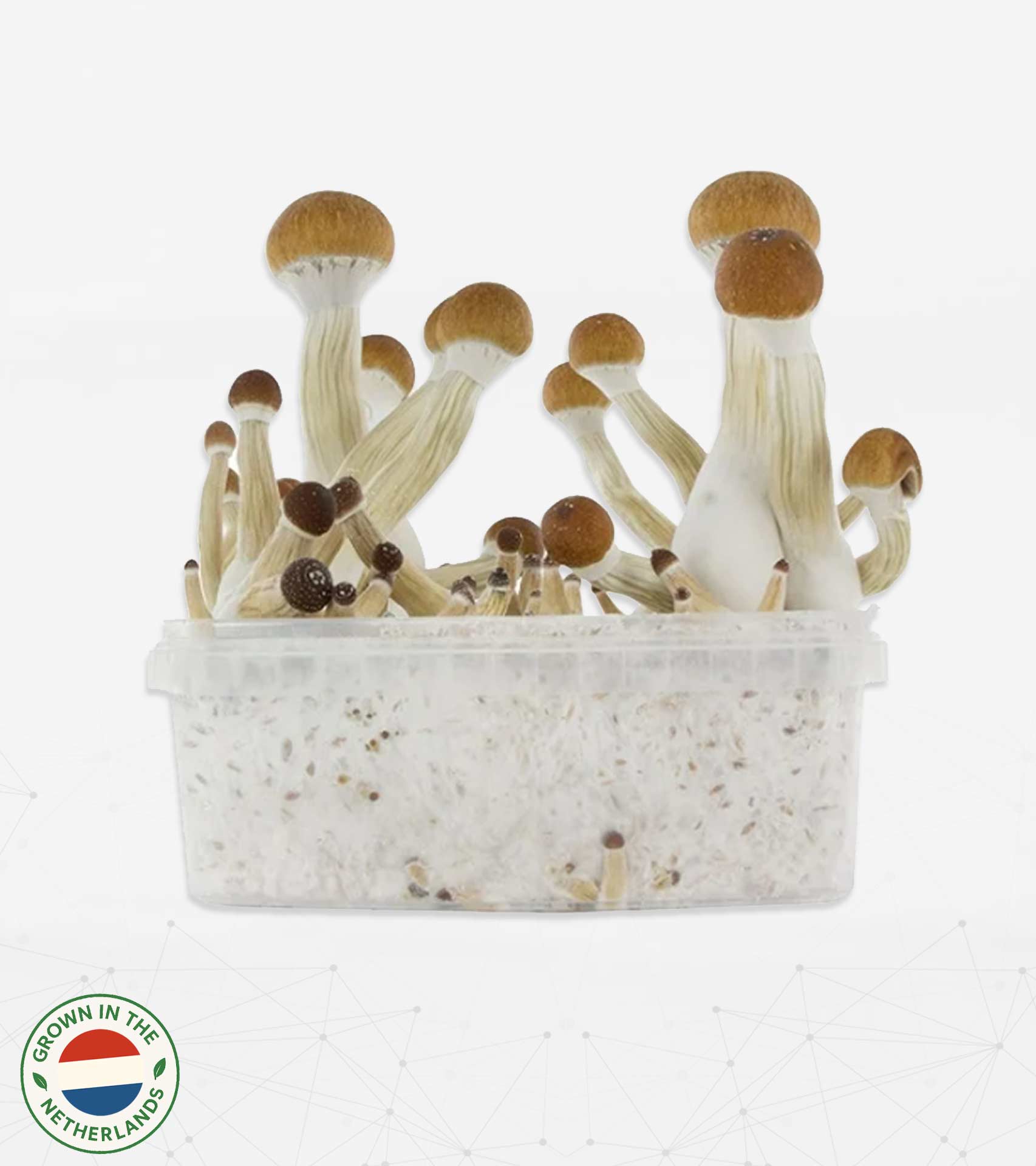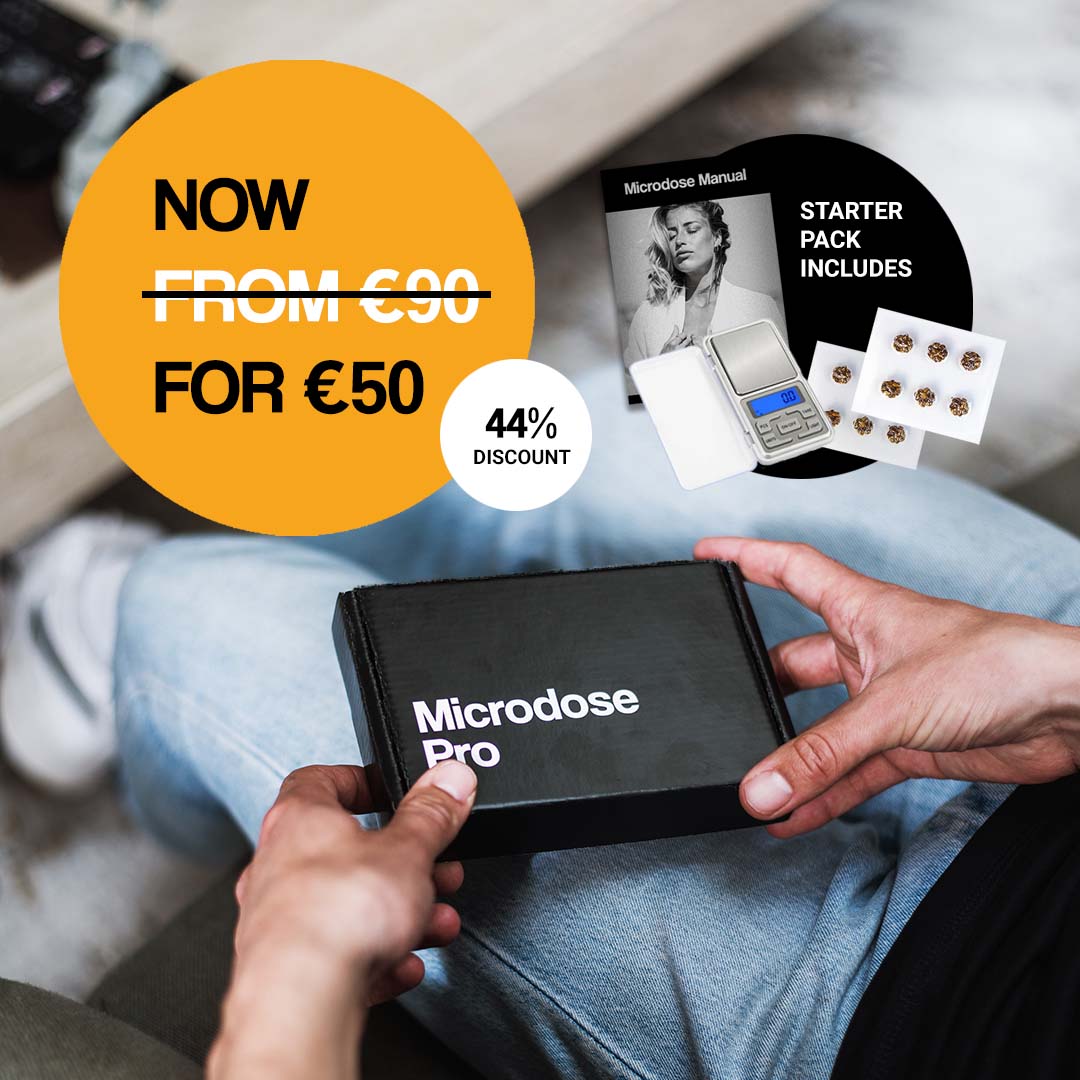Have you ever tried to explain how something smells to someone? We’ve all done it despite knowing that the exact experience of a smell cannot be fully described with words.
Knowing our ideal microdosing sweet spot can be a lot like this; hard to define or communicate, and uniquely personal to you.
Microdosing is the regular practice of taking sub-perceptual doses of a psychoactive substance with the aim of long-term benefits such as improved mood, optimized cognition, and creativity.
What is the Sweet Spot?
When it comes to microdosing, the ideal ‘sweet spot’ dosage is different for everyone and can sometimes change over time during our microdosing journey.
A lot like when falling in love, it’s hard to describe but you’ll know when you’re there.
First things first, a microdose, by definition is a tenth or even a twentieth of a macro or recreational dose. Taken a few days apart, and not intended to produce a ‘high’, it can be tricky to pinpoint our ideal minimal effective dose.
The perspective needed here is a wider and longer-term view. It’s not about immediate ‘effects’ but more about the subtle longer-term changes and improvements.
How to find your Sweet Spot
The process of finding your unique sweet spot is pretty straightforward but does require some beta testing and experimentation.
For this article, let’s take psilocybin truffles as an example.
Many start with a dose of 0.5 grams. It’s important to always start on a day when you have no other obligations such as work. This way you can allow yourself to get used to the feeling and explore it fully.
Now let’s say that the 0.5 gram wasn’t sufficient. It didn’t quite do the trick for you and you didn’t notice anything different than normal.
In this case, on your next microdosing day, you can up the dose, for example to 0.75 grams.
Consistently track how you feel and be sure to reflect on your last few days/weeks.
Now with 0.75 grams, you might that it was just a bit too much (anxiety/mild nausea/restlessness), so you decide to lower your dose again on your next microdosing day.
Next time, you choose 0.65 grams. This time, you have hit the bullseye. You’re feeling great and can comfortably tap into a flow state. This is a good sign that you found your sweet spot!
Of course, the above is just one example, but the process always remains the same. Tweaking, journaling, and experimenting until you have found your ideal dose.
By definition, it also means that at least once takes a little bit too much. This is a crucial part of the process so that you learn where your individual limit is when it comes to microdosing.
Don’t worry though, nothing bad will happen and you won’t start to “trip”.
